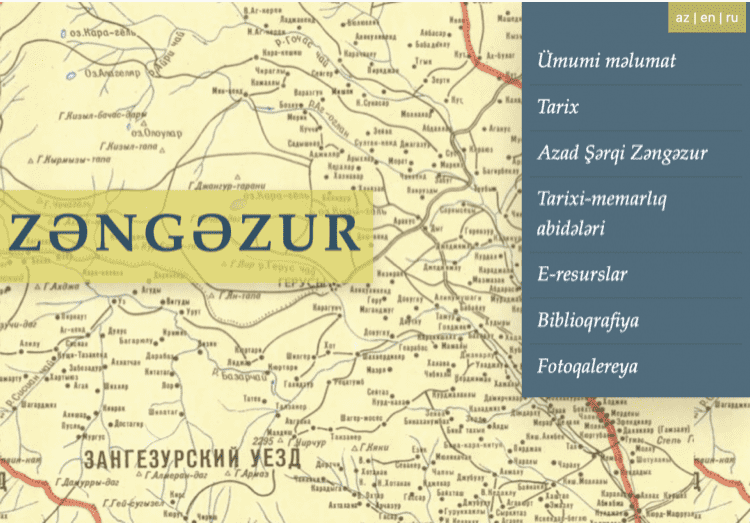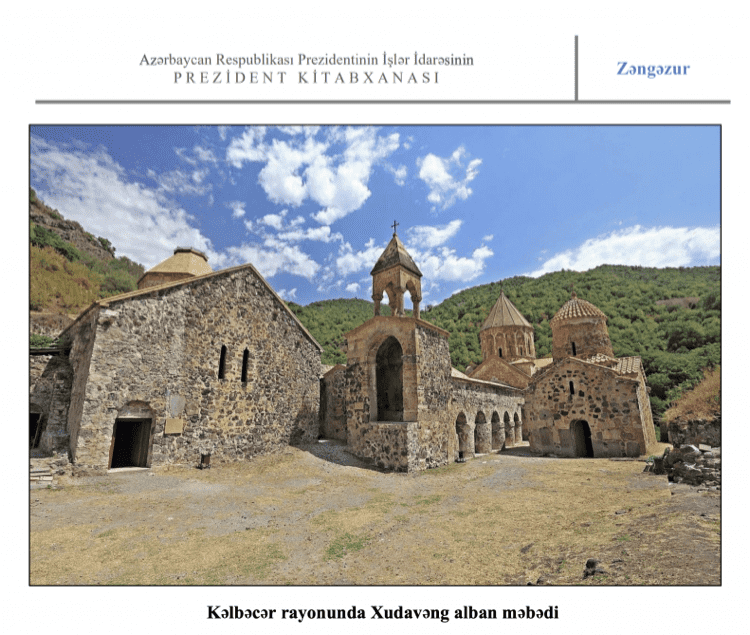The "Zangazur" electronic project presented

On December 23, 2022, the "Zangazur" electronic resource was presented to users at the Presidential Library. This resource reflects the rich historical past of the Zangazur region, where Azerbaijanis have lived since ancient times, and the historical injustices against our people resulting from the transfer of the western part of Zangazur to Armenia in the early 20th century.
The "General information" chapter of this project, prepared in Azerbaijani, English, and Russian, presents texts under separate headings about the historical geography, population, oeconyms, oronyms, hydronyms, flora and fauna, and natural resources of Zangazur. This chapter also includes "Maps" covering Zangazur from ancient times. The maps demonstrate that the toponyms in Zangazur belong to the Azerbaijanis.
The electronic project presents texts under the "History" chapter titled "Zangazur in ancient and Middle Ages Periods," "Russian occupation period," "Massacres of 1905-1906," "Massacres of 1918-1920," "Transfer of Western Zangazur to Armenia," "Years of repression and deportation," "Deportation in 1988-1989," and "During the occupation of East Zangazur".
The "Liberated East Zangazur" section chronologically presents information about the regions of East Zangazur that were liberated from occupation during the 44-day Second Karabakh War, as well as the restoration and construction activities taking place in the newly established East Zangazur economic region.
The "Historical and architectural monuments" section of the electronic project provides comprehensive information, including photos, about historical and architectural monuments in both East Zangazur and West Zangazur.
The "E-resources" section represents the electronic versions of books and articles about Zangazur included in the library’s collection.
The "Bibliography" section of the project provides bibliographies of books and articles about Zangazur, as well as materials published in various collections.
In the "Photogallery" section, images of the picturesque locations in Zangazur, architectural monuments destroyed by Armenian vandals, and photographs showcasing the restoration and construction works carried out in East Zangazur and the Zangazur corridor are presented in chronological order.

